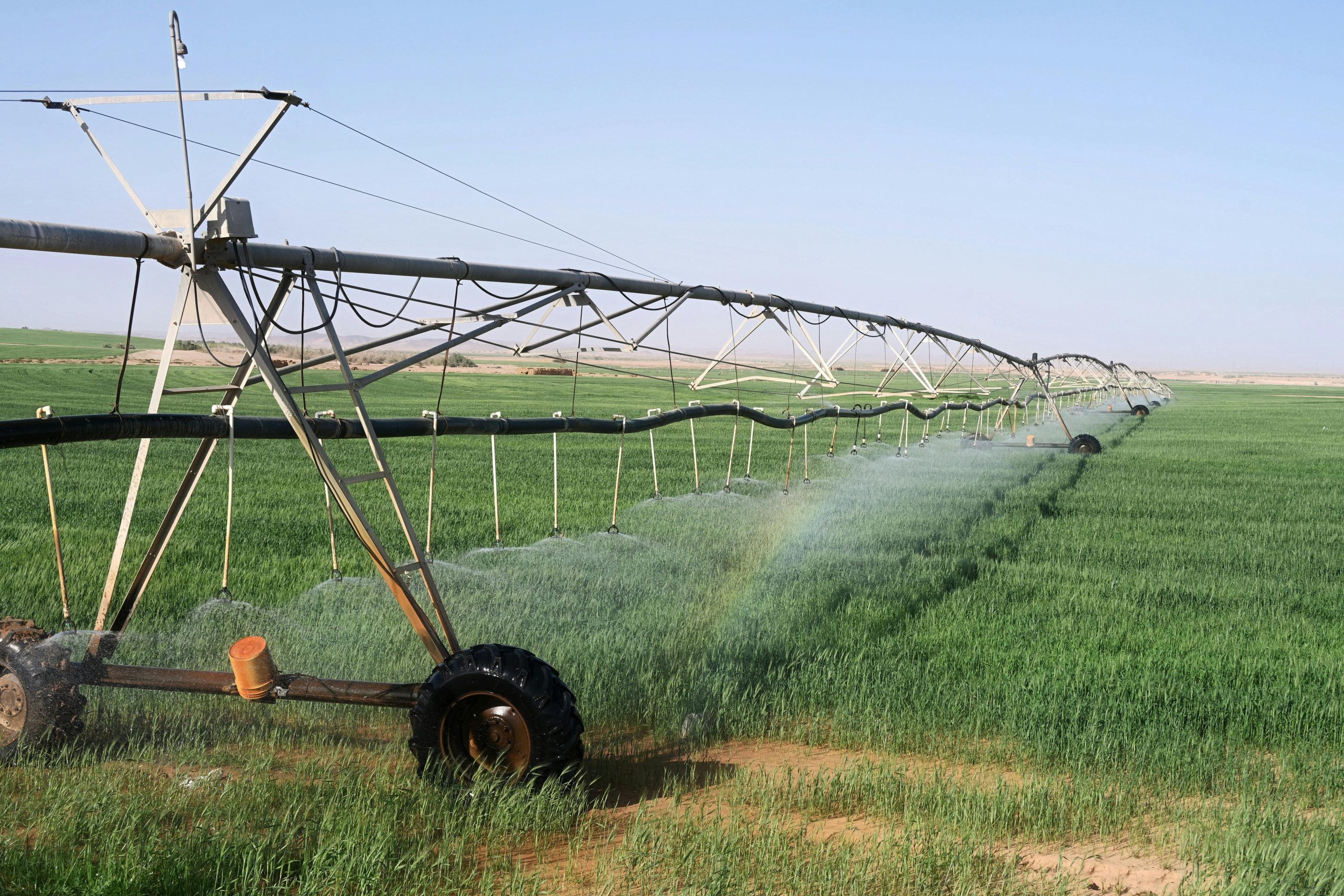When it comes to watering your garden, choosing the right irrigation system can make all the difference in plant health, water efficiency, and long-term cost savings. Two of the most popular methods—drip irrigation and sprinkler systems—each have unique advantages and drawbacks. But which one is the best choice for your garden? Let’s break down the key differences to help you decide.
How Drip Irrigation Works
Drip irrigation is a targeted watering system that delivers water directly to the base of plants through a network of tubes, emitters, and valves. Unlike sprinklers, which spray water over a wide area, drip systems provide slow, consistent moisture to plant roots, minimizing evaporation and runoff.
Pros of Drip Irrigation
- Water Efficiency: Drip systems use up to 50% less water than sprinklers by reducing waste.
- Precision Watering: Ideal for gardens with delicate plants, raised beds, or uneven terrain.
- Weed Reduction: Since water is delivered only to desired plants, weed growth is minimized.
- Soil Health: Prevents soil erosion and compaction by avoiding heavy water flow.
Cons of Drip Irrigation
- Installation Complexity: Requires careful planning and setup, especially for larger gardens.
- Maintenance: Emitters can clog over time, requiring regular cleaning.
- Limited Coverage: Not ideal for lawns or large, densely planted areas.
How Sprinkler Systems Work
Sprinkler systems distribute water through overhead spray nozzles, mimicking natural rainfall. They are commonly used for lawns, large flower beds, and agricultural fields. Sprinklers can be stationary or rotating, with options for above-ground or in-ground installation.
Pros of Sprinkler Systems
- Wide Coverage: Efficient for watering large areas, including lawns and fields.
- Ease of Use: Automated timers make scheduling effortless.
- Cooling Effect: Helps lower temperatures in hot climates.
- Uniform Watering: Ensures even distribution across the entire area.
Cons of Sprinkler Systems
- Water Waste: High evaporation and runoff, especially in windy conditions.
- Disease Risk: Wet foliage can promote fungal growth.
- Higher Costs: Uses more water, leading to increased utility bills.
Which System is Better for Your Garden?
The best irrigation system depends on your garden’s specific needs. Here’s a quick comparison to guide your decision:
Choose Drip Irrigation If:
- You have water-sensitive plants like vegetables, herbs, or shrubs.
- Water conservation is a priority.
- Your garden has slopes or uneven terrain.
Choose Sprinkler Systems If:
- You need to water a large lawn or open field.
- Ease of installation and automation is important.
- You live in a cooler climate where evaporation is less of an issue.
Cost and Maintenance Comparison
Both systems have different cost structures and maintenance requirements. Drip irrigation typically has higher upfront costs due to tubing and emitter installation but saves money over time through water efficiency. Sprinkler systems are cheaper to install but may lead to higher water bills.
Maintenance Tips
- Drip Systems: Check for clogs, leaks, and ensure emitters are functioning.
- Sprinklers: Inspect nozzles for blockages and adjust spray patterns seasonally.
Conclusion
Ultimately, the best irrigation system depends on your garden’s layout, plant types, and water conservation goals. Drip irrigation excels in precision and efficiency, making it ideal for small or water-sensitive gardens. Sprinkler systems, on the other hand, are better suited for large lawns and open spaces. By evaluating your needs and weighing the pros and cons, you can choose the system that keeps your garden thriving while conserving resources.
